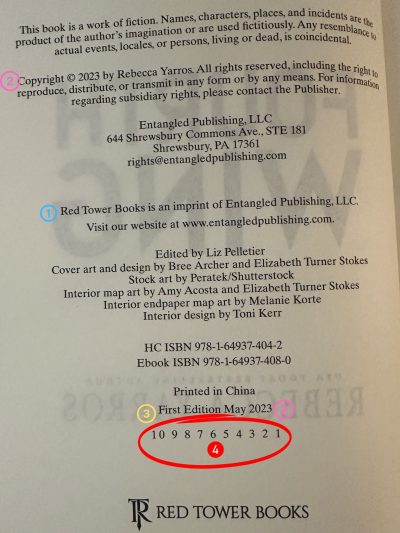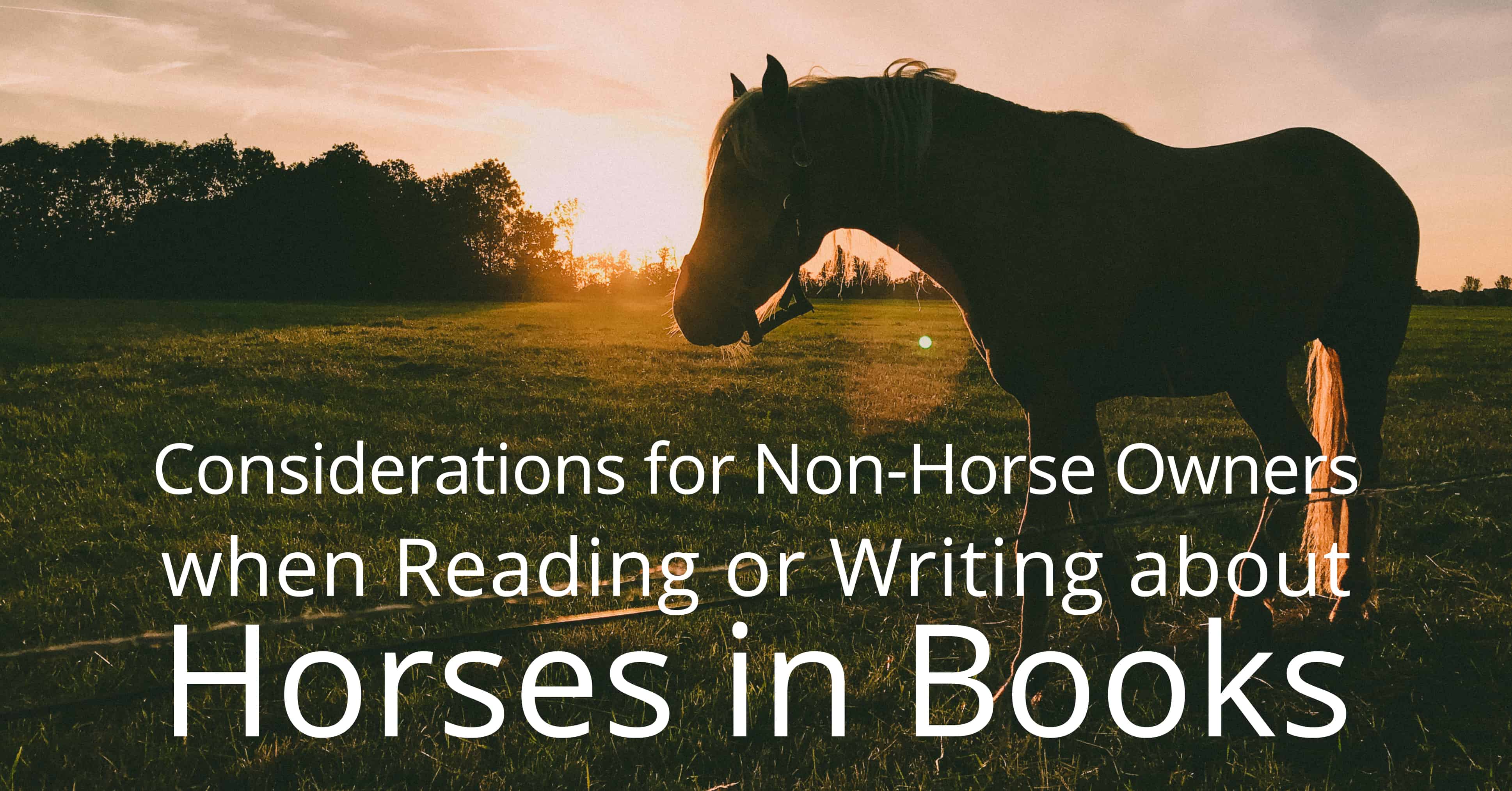
Did you know that first editions of some novels can be incredibly valuable and sought after by book collectors? Especially in instances when the book wasn’t very popular to begin with, but later gained massive amounts of readers and success. This often happens with independent authors who suddenly make it big later in their careers and new traditionally published authors who have yet to make a big name for themselves.
So, if you’re looking at your shelves and wondering if you have any valuable first editions hiding there, we’ll walk you through how to quickly determine if your book is a first edition.
What is a First Edition Novel and Why is it Valuable to Book Collectors?
Books are published in batches. If a book doesn’t sell quickly, then the first edition print run of its books could still be sold in stores years later. If a book really doesn’t sell well, then it may never get a second book run and the first edition books will be the only ones that exist and these editions will not be very valuable even though they are first editions. If the book is popular, it may go through several re-printings and the first edition books will likely gain value.
Sometimes, first-edition books may contain errors, different covers, or special features that aren’t available in later print runs. Subsequent runs may have anything from small typos corrected to major revisions, extra chapters, or bonus materials. When a book has changes made in additional print runs, the first-edition books are also considered first-state books. This adds more value to readers.
Sometimes reprinting may contain things like movie posters instead of the original cover art, which often makes reprintings less appealing to a reader who enjoys displaying pretty books on their shelves.
The amount of first editions of any one book will vary significantly based on the expected popularity of the book. If a book did not have a lot of anticipated sales, it can have a first edition print run of only a couple thousand. Whereas a highly anticipated book may have a first print run of 100,000. Generally, if there is some sort of scarcity, then the first edition book will be more valuable, like when an author’s popularity was underestimated, so there weren’t many books printed originally.
A notable example of this is that there were only 500 first-edition Harry Potter and the Philosopher’s Stone published. An additional 300 were distributed to libraries. If you were lucky enough to have one of these copies, you could consider yourself fourty to sixty thousand dollars richer.
A first-edition book is not an ARC copy or a limited-edition copy. However, these may both be valuable as well.
How to Tell if Your Book Is a First-Edition Book
If you’re thinking about selling your first-edition novel, or if you just want to feel confident you have a first-edition novel for your own bragging rights, then you’ll want to be certain yours is a true first edition. Here’s what you’ll need to look for:
1. Publisher: The publisher of the book should match the original publisher of the book. Sometimes when a book changes publishers the second publisher will still show their first run book as a first edition, but this would not be a true first edition in the eyes of book collectors.
2. Copyright Date: The copyright date should be the same as the publishing year.
3. Edition Number: This is sometimes directly written on the copyright page. If not, then you’ll need to take a look at the Print Run Number. However, keep in mind that a book can still be considered a first edition but be a second, third, or fourth+ printing. Most collectors want a first edition and first printing.
4. Print Run Number: Every other step seems simple enough to check, right? The Print Run Number is the part that can get confusing to many people.
The print run number is usually found near the bottom of the copyright page (if you’re looking at a US book). It is a sequence of numbers that may not appear to mean anything at first glance. Here’s an example:

How to Understand the Print Run Number
In the example above the numbers were listed:
10 9 8 7 6 5 4 3 2 1
However, they might also appear as:
1 2 3 4 5 6 7 8 9 10
1 3 5 6 7 9 10 8 6 4 2
Or a combination of higher numbers if well past the first printing.
It may also appear as something like:
10 9 8 7 6 5 4 3 2 1 07 08 09 10 11
89 90 91 92 93 cc/RRD 10 9 8 7 6 5 4 3 2 1
Or as a series of letters instead. Such as:
a b c d e f g h i j k
all of these different formats function in the same way. If the number 1 is still there (or an a in the case of letters) then the book is a first edition and first printing. When the second edition is printed, the number one will be removed and the lowest number you will see will be the number 2 (or b). If the book is a 7th printing, then the lowest number displayed would be 7. So in the example above, we’d just see 10 9 8 7.
A vast majority of books will follow this pattern. However, there are always exceptions. If you purchase books from other countries, like the UK, you may realize they have different systems for tracking their printing runs. If you don’t shop for books outside of the country, then you’re probably good to run to your bookshelves and start looking for that number one.
Do you enjoy collecting first-edition books? Let us know in the comments below!
Happy reading!

















Comments